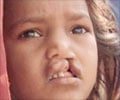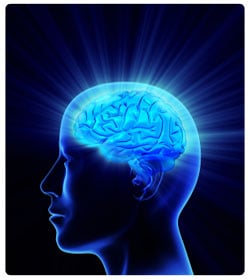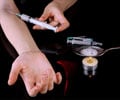About
The use of Drugs for reasons other than its prescribed recommendation, is known as Drug abuse.
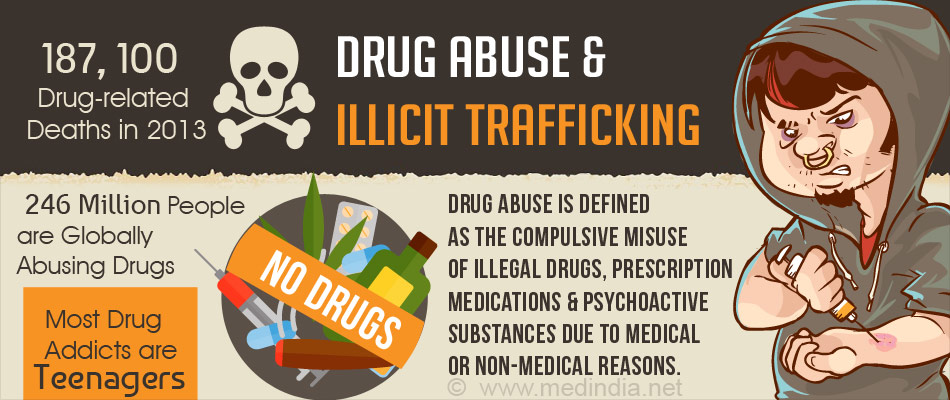
The WHO has defined a 'Drug' as any substance, which on entering a living organism, modifies one or more of its functions. The use of the drugs, for purposes other than the reason for its prescribed recommendation, is known as Drug Abuse.
Drug abuse, Drug dependence, Harmful drug use, and Psychoactive substance use disorder, are all various names of the same condition. People generally start abusing these substances after they get addicted to it due to medical or non-medical reasons.
Addiction is generally defined as the continuous, compulsive usage of a drug despite physical and psychological harm that it may cause to the user and the society at large.
Nowadays, the term 'Substance abuse' is used frequently due to the wide range of substances, including alcohol and inhalants, that are included under the addictive drugs profile.
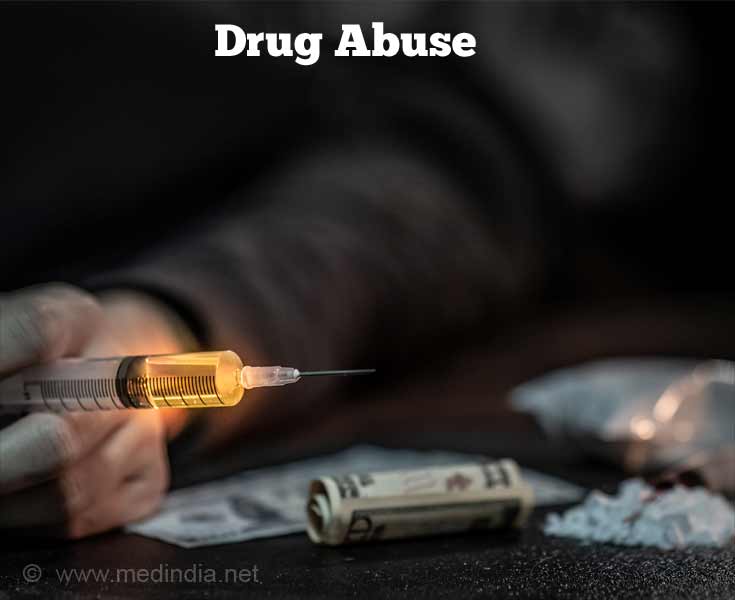
Conditions that arise from the misuse of alcohol, psychoactive drugs, and other chemical stimulants, are now phrased as 'Substance use disorder', or 'Psychoactive substance disorder.' Though certain drugs (Caffeine in coffee, and tea) are harmful in a mild sense, we humans are biased towards them, and hence are reluctant about branding its usage as addictive drug abuse.
There are four important patterns in which drug abuse manifests, which may or may not be related to each other.
a. Acute Intoxication
Defined as the temporary condition following the consumption of alcohol or other substances that results in a marked disturbance in the level of consciousness, cognition, perception, behavior, and other psycho-physiological functions.
b. Withdrawal State
Characterized by a group of symptoms, which are often specific to the drug or substance used, that develops with the partial or complete withdrawal of the drug, especially after a high dose usage.
This state is usually further classified as-
- Uncomplicated.
- Associated with convulsions.
- Associated with Delirium.
c. Dependence Syndrome
Defined as a group of physiological, behavioral, and cognitive phenomena wherein the use of drugs or substances takes a higher priority for the user in comparison to other issues, or behavior that was considered important by him.
d. Harmful use
When there is a continued use of a drug despite the awareness of its harmful effects, both medically and socially, it is termed as harmful use.
There is also a marked pattern with the physically hazardous use of the drug, like driving under its influence.


